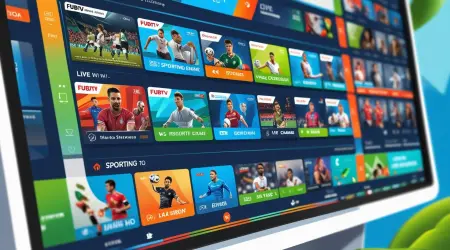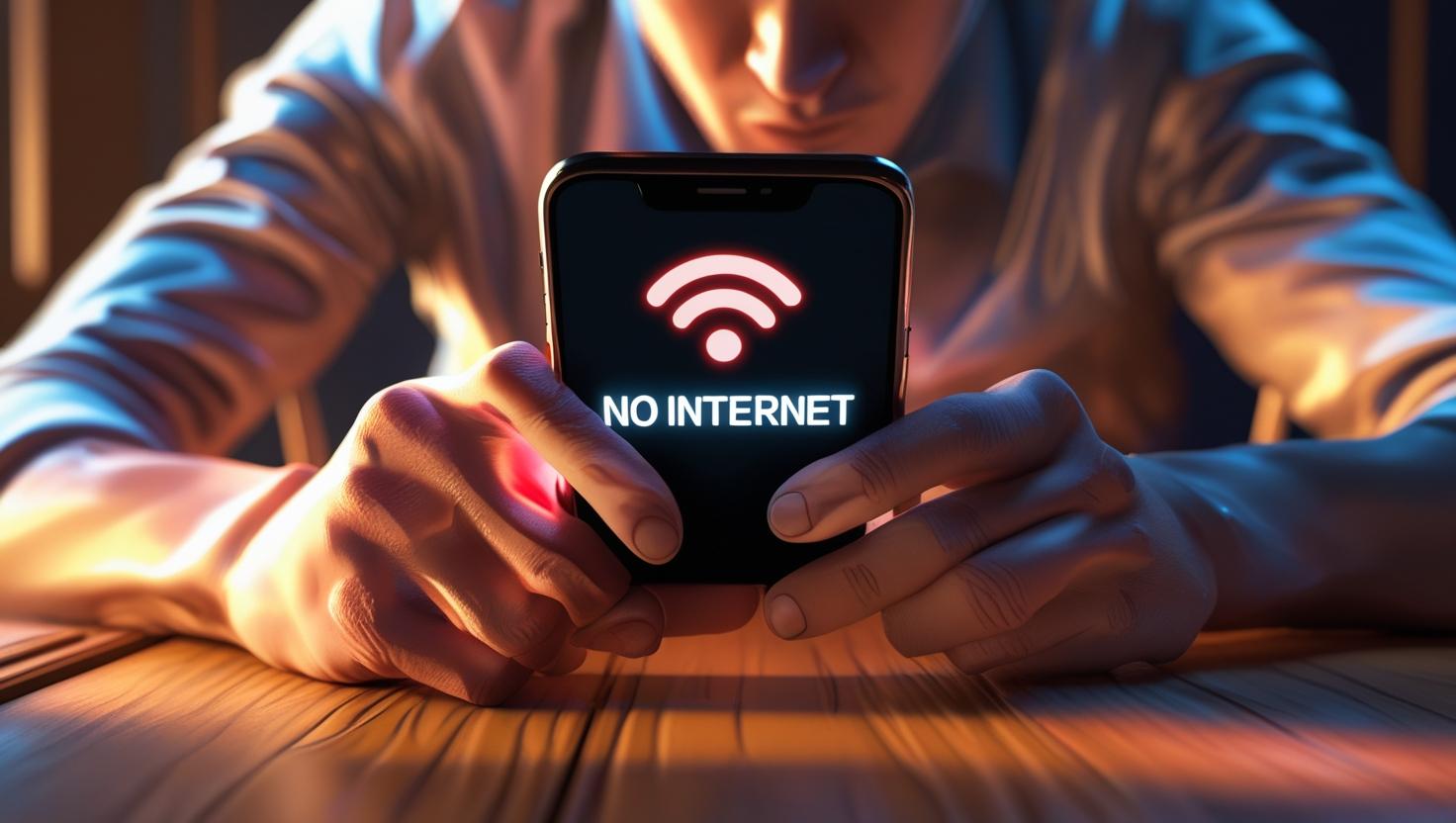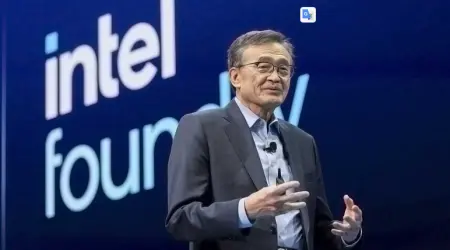

Over 2.6 Billion People Worldwide Still Lack Internet Access
Nearly 5% of the global population remains outside the reach of mobile internet, and about 31% still have no access to the internet at all.
According to a recent report from World Population Review, around 2.63 billion people across the globe still do not have any form of internet service.
Despite the internet creating opportunities for major transformations in education, communication, healthcare, and nearly every aspect of life, these people remain disconnected from such essential services.
As of early 2025, approximately 5.64 billion people — or 68.7% of the global population — were using the internet. Just three years ago, that number was 4.9 billion.
While the world is busy building robots, advancing artificial intelligence, and updating social media platforms, many people still don’t even know what “technology” really means. For them, the digital world remains a distant and unfamiliar reality.
Experts say that political unrest and complex regulations in many regions make internet providers hesitant to invest, avoiding the risks altogether and abandoning expansion efforts.
Cost is another major barrier. In many low-income countries, a basic internet connection can cost nearly 9% of a person’s monthly income — roughly 20 times more than in high-income countries. And even in areas where the internet is available, a lack of digital literacy prevents many from using it effectively. This widens the gap of digital inequality, also known as the digital divide.
According to the FreeThink website, expanding internet coverage alone won’t close the digital divide. The usage gap is also a critical issue.
Although 95% of the global population lives in areas covered by the internet, only 67% actually use it.
Experts say that cost is one of the leading causes of this gap. A lack of digital skills is another major reason.
One of the biggest challenges in reducing the digital divide is the fast-paced evolution of technology. New tech doesn't reach everyone equally or at the same time.
Different studies say that while 89 percent of people in developed countries can use the fastest 5G mobile broadband, only 1 percent of people in low-income countries get this benefit. The poorest countries still use 3G internet.
However, bridging the digital divide is not only about providing the benefits of the internet, but also about giving people the necessary tools and skills so that they can take full advantage of the internet.
Technologists believe that this joint effort will be able to change lives, create new opportunities and play an important role in global development.

